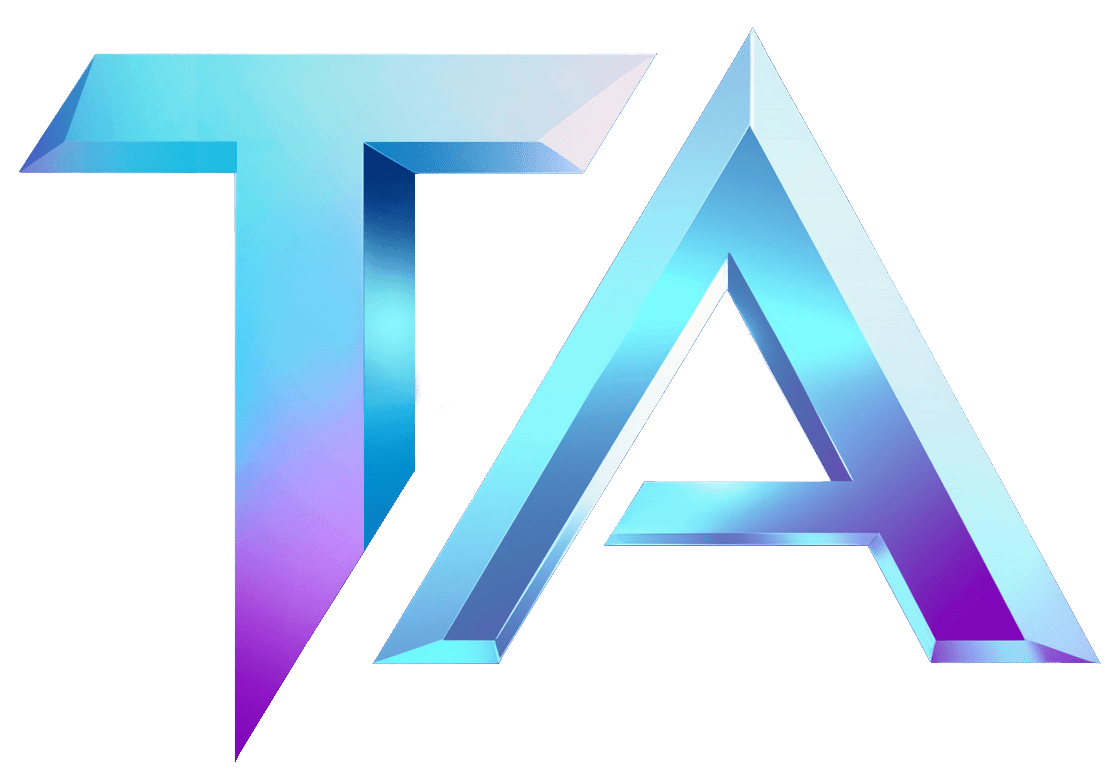Understanding Exchange Rate Systems in Star Atlas

Understanding Exchange Rate Systems in Star Atlas
In the vast universe of Star Atlas, players engage in a dynamic economy, and one of the key concepts to grasp is the exchange rate system. Just like in the real world, where currencies fluctuate based on various factors, Star Atlas operates with its own unique mechanics that govern the trading of in-game currencies. At Titan Analytics, we aim to simplify this topic, helping you navigate the cosmos of Star Atlas with confidence.
What Are Exchange Rates?
An exchange rate is essentially the value of one currency in relation to another. In Star Atlas, players can encounter different currencies or tokens, primarily influenced by the game’s in-game economy. Understanding how these values shift is crucial for players looking to maximize their investments and profits.
Types of Exchange Rate Systems
Star Atlas features a mix of fixed and flexible exchange rate systems. Here is a breakdown:
-
Fixed Exchange Rate System: In a fixed system, the value of a currency is tied to another commodity or currency. This means that the exchange rate can’t fluctuate freely and is maintained through central governance actions. For example, if a currency in Star Atlas is pegged to a specific asset like a spaceship blueprint, its value remains consistent as long as the pegged asset’s value does.
- Flexible Exchange Rate System: This is more common in Star Atlas, where the currency value can change based on market demand and supply. Players may notice that the value of a currency increases when there’s a spike in in-game activity or when new features are released that enhance player engagement. This system is driven by players’ interactions and the overall health of the marketplace.
Factors Influencing Exchange Rates in Star Atlas
The value of currencies within Star Atlas can fluctuate due to several factors:
-
Demand and Supply: Just like any traditional market, if more players want to acquire certain items or currencies, the price tends to rise. Conversely, if there’s an oversupply, prices may drop.
-
Game Updates and Developments: New game features or updates can influence how players value certain currencies, thereby affecting their exchange rates.
-
Community Activity: The overall engagement within the Star Atlas community—including events, promotions, or player-driven content—can significantly impact currency prices.
- Speculation: Much like in traditional finance, speculation plays a role in the exchange rates. Players may predict changes and act accordingly, leading to swings in currency values.
Strategies for Players
Understanding these exchange rate systems allows players to make more informed decisions in their Star Atlas transactions. Here are a few tips:
-
Monitor Market Trends: Keep an eye on fluctuations and identify patterns. Analytics platforms like Titan Analytics can help track these changes effectively.
-
Stay Informed on Game Updates: Being aware of new features and updates can give you insight into potential shifts in currency values.
- Engage with the Community: Networking with other players can provide valuable information on market sentiments and emerging trends.
Conclusion
The exchange rate system in Star Atlas is a fundamental element of gameplay that players must understand to thrive. By familiarizing yourself with how exchange rates work, the different systems in place, and the various factors at play, you can make smarter, more strategic decisions.
To further enhance your understanding of Star Atlas economics, check out the detailed data modules provided by Titan Analytics at titananalytics.io/modules. If you have any questions, feel free to reach out to us at titananalytics.io/contact. Happy trading, and may your journey through Star Atlas be prosperous!




